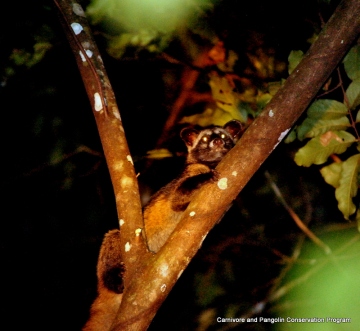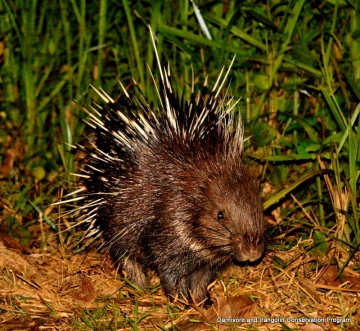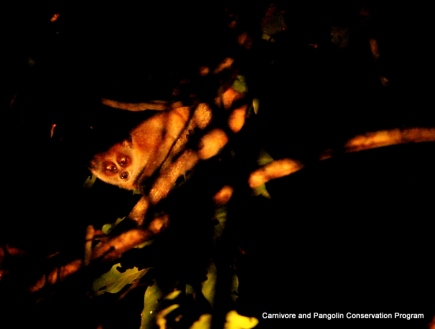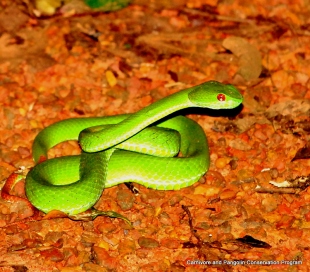I always used to be one of those people who didn’t like to put personalities to animals, I wanted to be a researcher and to anthropomorphize an animal was “bunny hugging”-oh how I have changed.
Since working with this project for over a year-each and everyone of these animals has a personality and in fact understanding that personality (or more technically, their behaviour) has really helped when it has come to releases. For example monitoring P26, the animal who is blissfully unaware of how famous he is becoming, has heavily relied on using what knowledge we already had about him to determine how well he is doing post release.
All our other released animals we have given about two weeks of exploratory behaviour before they start settling into their new environment. P26, being so shy, was given three weeks before we would start to worry. We knew he was alive, but was only moving sleeping sites every three or four days, not venturing very far and returning to a familiar den site.
Last night, while out in the forest we heard, via the signal his transmitter was giving off, that at 23:00 he was on the move, he was out of his den site and foraging. We have to track him remotely as trying to find him to watch him may have a detrimental impact. Once we know he is moving we going to three locations to take compass bearings of his location, from these we can estimate his location and use it to plot and measure his home range.
As we headed back out this morning we hoped that he had ventured to a new site, spread his wings a little, and we were not disappointed; he has gone on a jolly little jaunt, moving 170m. This is what appears to be “normal” behaviour for both our other releases and wild individuals-YAY!
However, true to form (and thankfully, if you have been following #changethelist https://www.youtube.com/watch?v=z4sQSzYsdwU&list=LLqmPXhkjZaFcnfup2kPjvYA) he was still hiding from us! We know that from the strength of the signal he is inside the trunk of this fallen tree, curled up, right inside (or at least that is where the transmitter is!). He seems to be moving sleeping sites every three days. We are hoping beginning of next week he will move to a new sleeping site, we assessed the area before release and there are plenty around.
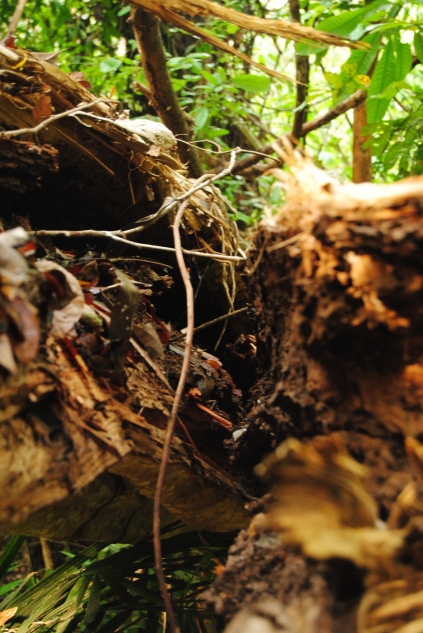
A potential entrance into the hollow tree trunk where he is sleeping (we have set up a camera near by to try and catch a photo of him when he leaves).
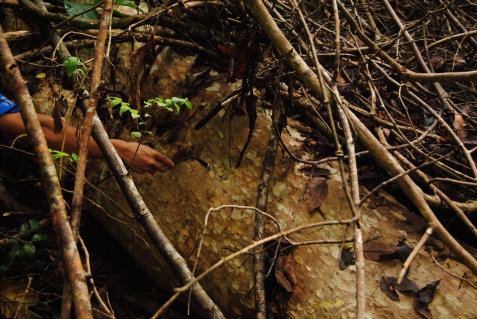
The point where the signal is strongest and where (hopefully) P26 is curled up inside asleep.
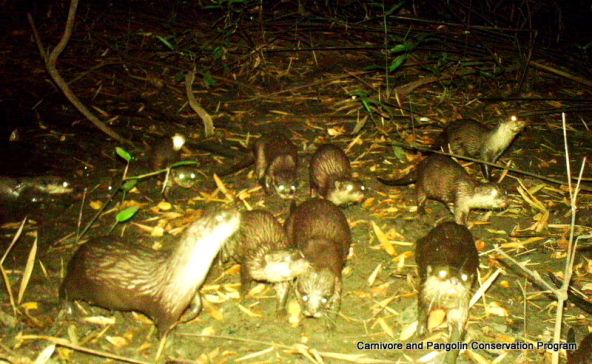
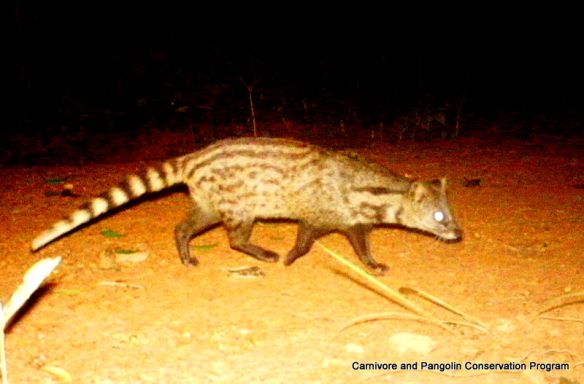
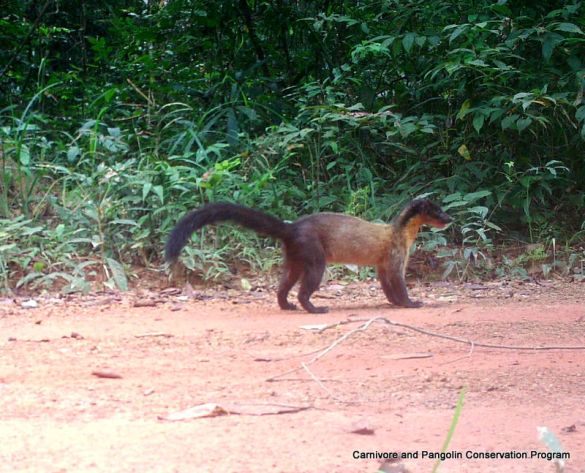
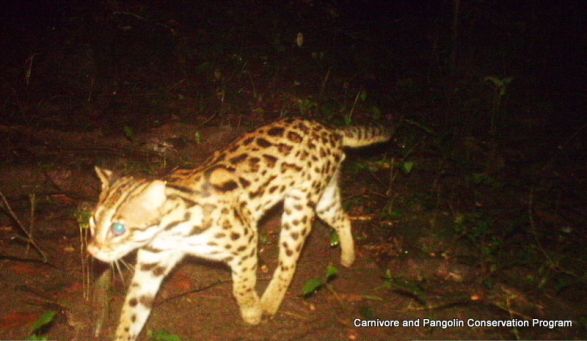

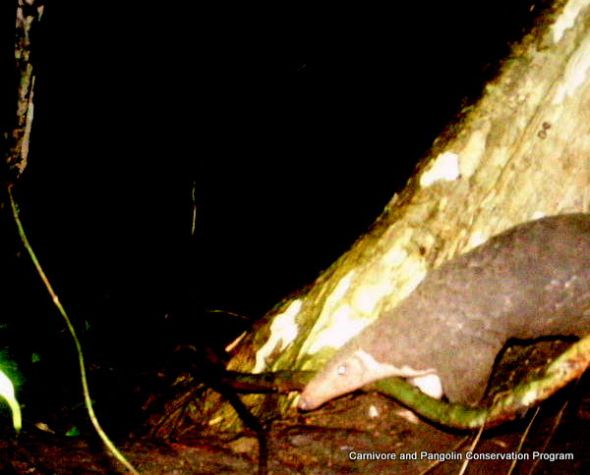
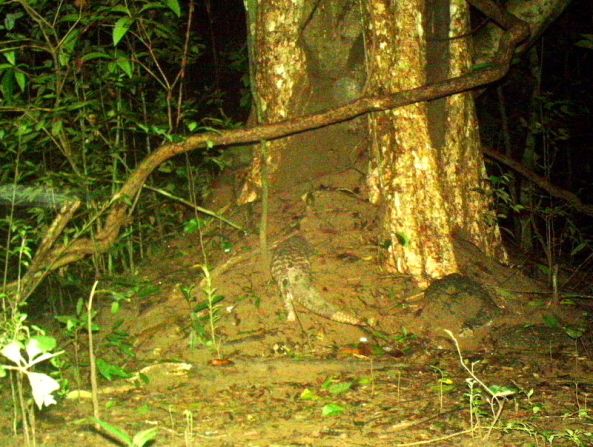
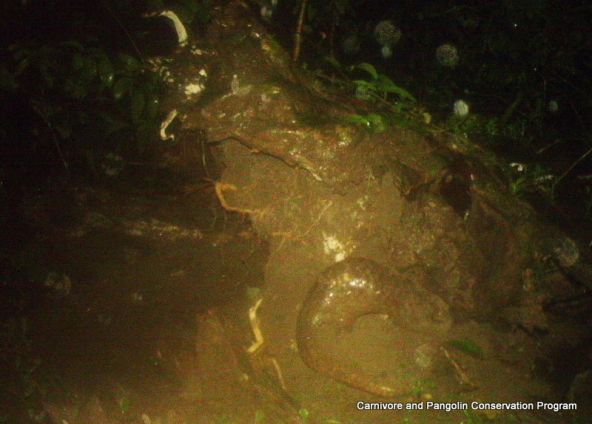
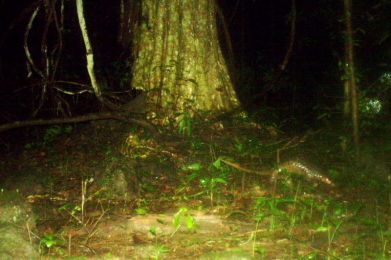
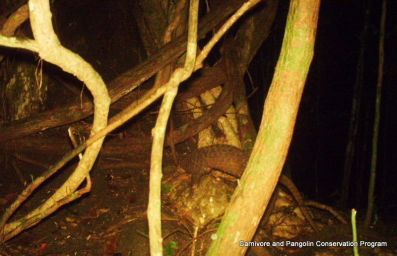
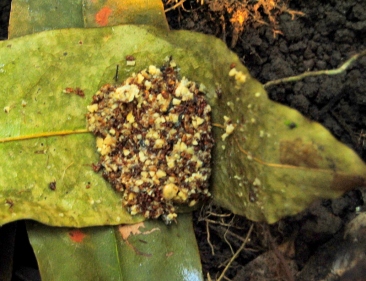
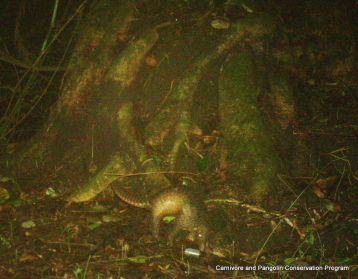 The final step is night spotting. This has yet to be successful for us in finding pangolin, however, we are going to walk along the open pathway, in the area where P26 was released. Furthermore, we know that he was regularly active between 23:00-02:00 so we will be out and about at that time to maximise the chance that we will come across him. Maybe if the voting by CNN readers is complete on deciding P26’s new name, I can see if whispering it as we walk through the forest on Thursday night will be successful in coaxing him into view!
The final step is night spotting. This has yet to be successful for us in finding pangolin, however, we are going to walk along the open pathway, in the area where P26 was released. Furthermore, we know that he was regularly active between 23:00-02:00 so we will be out and about at that time to maximise the chance that we will come across him. Maybe if the voting by CNN readers is complete on deciding P26’s new name, I can see if whispering it as we walk through the forest on Thursday night will be successful in coaxing him into view!